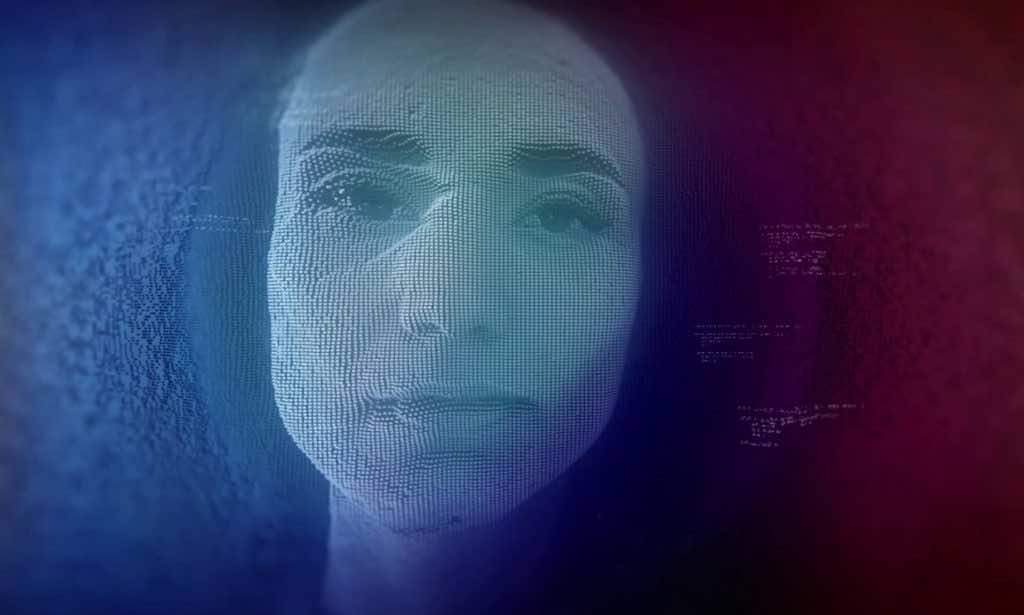Japan’s RIKEN Guardian Robot Project’s team has created an android child called Nikola that can successfully display six basic emotions: happiness, sadness, fear, anger, surprise, and disgust.
It is not at the Ex Machina level, the project, led by Wataru Sato from RIKEN. However, it is still a giant leap since it’s the first time the quality of these six android-expressed emotions has been examined and validated.
The humanoid robot has 29 pneumatic actuators that control the movements of artificial muscles within its face. It also uses six extra actuators to move its head and eyeballs. This makes it even more life-like.
The most important aspect of the project was pinpointing the locations of the actuators and they were determined using the existing Facial Action Coding System (FACS), which specifies which biological “facial action units”, or muscles, are used in the expression of specific emotions, as described in a paper published in the Frontiers in Psychology.
The team used actuators that are air-powered, enabling them to operate smoothly and quietly.
The android child’s expressions were tested with volunteers trying to identify which emotions it was displaying. Its skin didn’t wrinkle as easily as real human skin. This made disgust harder to identify; however, the researchers took notes and will work to overcome these.

“In the short term, androids like Nikola can be important research tools for social psychology or even social neuroscience,” said the lead scientist Wataru Sato. “Compared with human confederates, androids are good at controlling behaviors and can facilitate rigorous empirical investigation of human social interactions.”
It is yet to have a body. In the future, the technology could be incorporated into full-bodied caregiving robots that can assist people who live alone.


